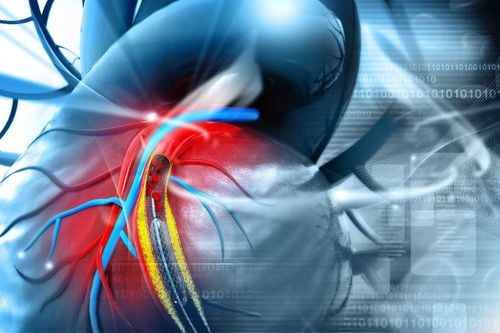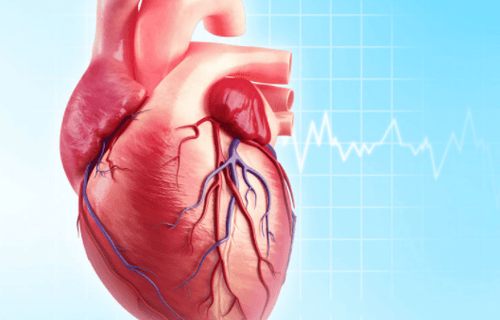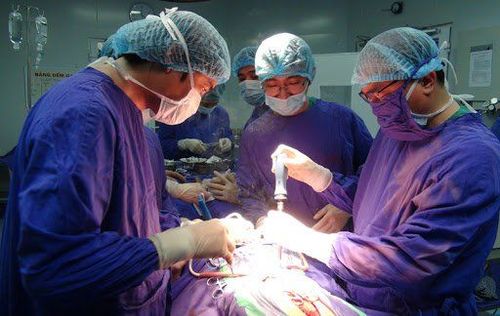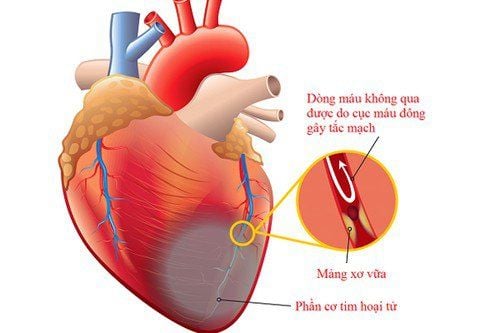This is an automatically translated article.
The article is professionally consulted by doctors at Cardiology Center - Vinmec Times City International HospitalThe vast majority of patients still have the opportunity to recover after coronary stenting and cardiovascular events, regaining a normal life after surgery. Under the supervision of a medical professional, a cardiovascular rehabilitation program typically includes exercise, specific guidance, relaxation, and emotional support.
1. Recoverability after coronary treatment
1.1. Cardiovascular rehabilitation program
Cardiovascular rehabilitation is an important program for all patients who have experienced a heart attack, heart failure, or other cardiovascular problems that require surgery and medical care. In these populations, cardiovascular rehabilitation can help improve quality of life and prevent future recurrences of heart problems.
Before performing coronary heart surgery, the medical staff in the cardiovascular rehabilitation department can provide the patient with information and instructions on how to practice rehabilitation depending on the current condition of the patient and post-operative exercise. This care will usually continue after the patient has been discharged from the hospital. During the first few weeks after surgery, medical staff may visit to check on the patient's progress. SEE ALSO: Cardiovascular Rehabilitation: Why and When to Start?
Rehabilitation programs after coronary stents and heart surgery can vary widely from place to place, but most will cover the following basic areas:
Physical activity Lifestyle guidance science, including healthy eating, taking prescribed medications and how to quit smoking, including passive smoking Advice on how to relieve stress and improve mental health. The team of medical professionals supporting you after coronary artery bypass surgery may include: health care professionals, nutrition and exercise instructors, physical therapists, and mental health counselors.
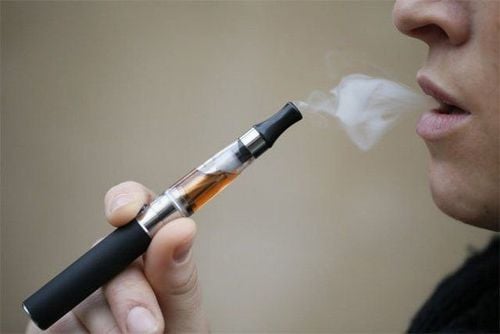
Người bệnh cần bỏ viêc hút thuốc lá để đạt hiệu quả phục hồi chức năng tim mạch
1.2. Recovery after coronary stenting
Coronary artery stents are made of metal, so they will stay in the coronary artery forever (except for self-dissolving stents), they are also stable for a long time in the body (about 10-15 years). However, if the patient and doctor do not control well, the above time can be reduced, even to a few months. Factors that can cause stent restenosis include:
Smoking (a leading risk factor for stent restenosis) High-fat foods Inadequate medication intake Poor control of diabetes, high blood pressure, or disorders Stent blood fat does not cover the affected area Sedentary lifestyle. For a coronary treatment program alone, the health care team may recommend the following steps to reduce your risk of a heart attack or prevent it from getting worse:
Lifestyle changes, such as eating healthier (lower salt and fat), increase physical activity, maintain a healthy weight, and quit smoking Take medication to treat and control risk factors for coronary heart disease, such as high cholesterol, high blood pressure or irregular heartbeat Surgery to help restore blood flow to the heart. Once you've completed your cardiovascular rehabilitation program, it's important to exercise regularly and lead a healthy lifestyle. This helps protect your heart and reduces your risk of other heart-related problems.
MORE: Attention to care and treatment after coronary stenting to avoid recurrence
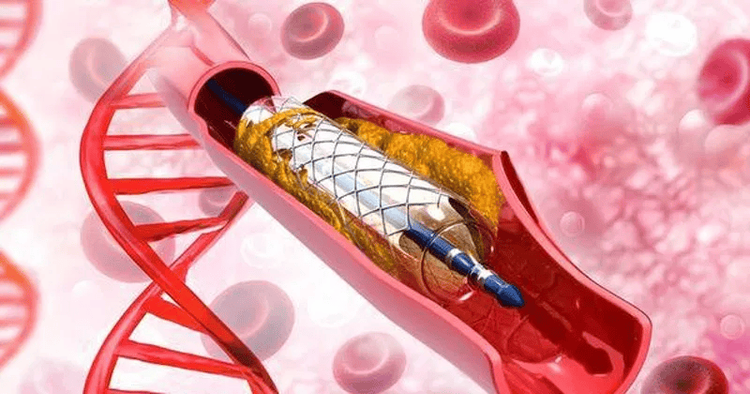
Người bệnh được đặt stent động mạch vành
2. Attention in daily life and health monitoring after coronary treatment
2.1. Self care
Self-care is an integral part of everyday life. With the support of your medical care team, you are responsible for your own health and well-being after coronary treatment.
Self-care includes actions you take every day to stay healthy and maintain good physical and mental health. Patients are also taught how to prevent illness or accidents, and more effectively care for minor comorbidities and long-term (chronic) conditions.
People living with a chronic illness can benefit from being taught how to take care of themselves. Specifically, they are more likely to live longer, have less pain, have less anxiety, depression and fatigue, have a better quality of life, are more active and independent.
2.2. Supportive community groups
If you have heart disease or are caring for someone with heart disease and recovering from a coronary stent , it can be helpful to join a community group that includes people with similar conditions.
These groups will organize regular exercise sessions (such as walking), exchange experiences with each other and participate in social activities. Your doctor or cardiovascular rehabilitation specialist can provide you with detailed information about the right community group for you.

Các nhóm cộng đồng hỗ trợ sẽ tổ chức các buổi tập thể dục thường xuyên giúp người bệnh sớm phục hồi
2.3. Social relationships
Facing a chronic condition like heart disease can be stressful for the person themselves, as well as their family and friends. It can be difficult for a sick person to talk to people about their condition, even if they are very close.
Be open to family and friends about what they can do to help you. However, don't be afraid to tell them that you need some alone time.
2.4. Sex life
People undergoing coronary artery disease or recovering from coronary stents may be nervous about having sex. Usually, you will be able to resume sexual activity as soon as you feel well again.
Have a comfortable conversation with your partner, discover together what is interesting and suitable for your current health. Sometimes a sick person simply needs to be touched and close to someone is enough to feel loved.

Bệnh mạch vành gần như không ảnh hưởng đến đời sống tình dục của người bệnh
2.5. Back to work
Once you have recovered from a coronary stent or heart surgery, you can return to work, but sometimes you have to change the type of work you do. For example, you won't be able to do strenuous work. Your healthcare professional will advise you on when you can return to work and what types of work should be avoided.
In summary, after discharge from the hospital for coronary artery disease, the patient will continue to be monitored. Therefore, it is necessary to strictly follow the prescription and advice in living to achieve therapeutic benefits. Especially, it is necessary to have regular check-ups on time, usually every 1-3 months or when there are abnormal manifestations. In addition, recovery after coronary stenting needs to coordinate treatment between specialties, especially tight control of blood sugar and blood fat disorders to minimize the risk of stent restenosis for patients.
With many years of experience in the examination and treatment of cardiovascular diseases, now Vinmec International General Hospital has become one of the major Cardiology centers, possessing a team of qualified doctors and nurses. , well-trained and has a system of modern facilities and medical equipment. As a result, the Cardiovascular Center at Vinmec International General Hospital has the ability to examine, treat and monitor after treatment, and make effective recovery plans after treatment, including coronary heart disease. .
The entire process of examination, monitoring, and treatment of coronary heart disease is always integrated with many specialties to provide the opportunity for a quick recovery, avoiding re-stenosis affecting health as well as the economy. for the patient. Moreover, at Vinmec, all instruments in the intervention procedure, consumables are used once, not reused to ensure the safest for the patient.
Please dial HOTLINE for more information or register for an appointment HERE. Download MyVinmec app to make appointments faster and to manage your bookings easily.
References: nhs.uk, cdc.gov





